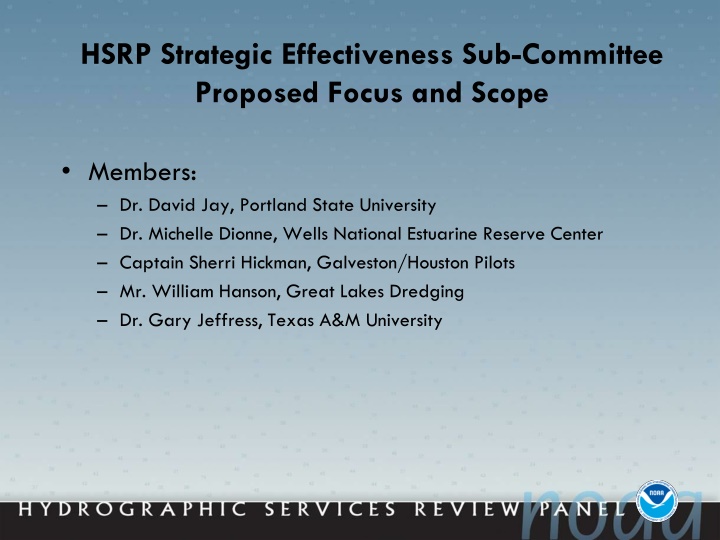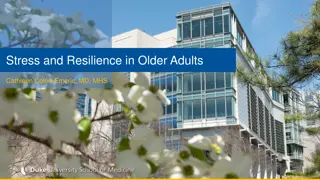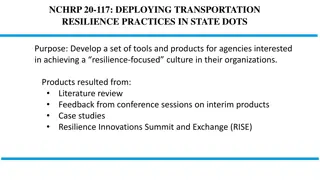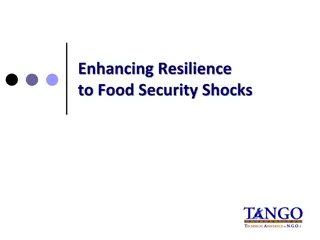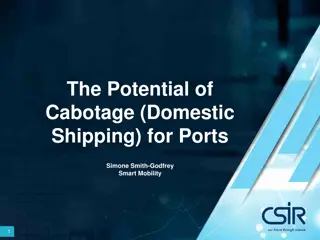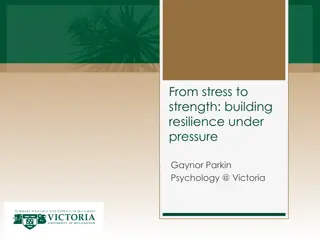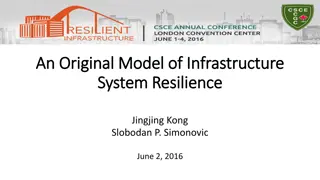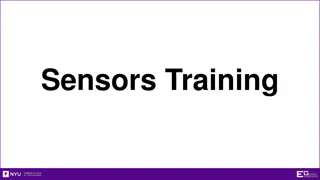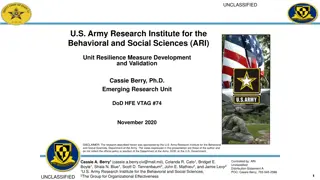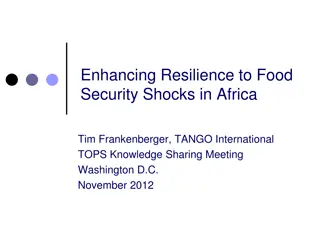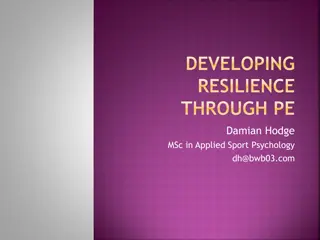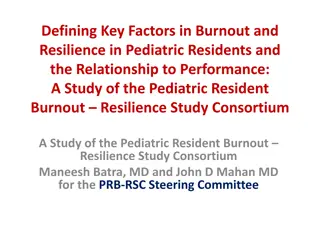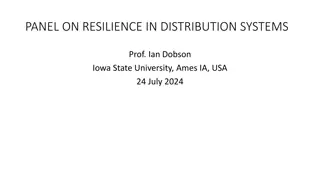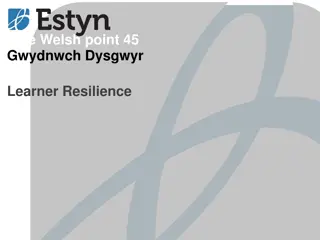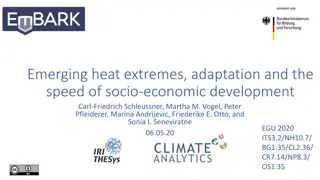Strategies for Enhancing PORTS System Effectiveness and Resilience
Proposed by the HSRP Strategic Effectiveness Sub-Committee, this focuses on improving the PORTS system, addressing water level changes, enhancing NOAA's products and services, and strengthening outreach and branding. Key issues identified include inconsistent funding for PORTS systems, inadequate components, and locally chosen models. Recommendations involve clarifying funding mechanisms, upgrading instrumentation, expanding to other seaports, improving modeling, and better connecting to observation systems. Addressing water level and inundation challenges includes improving data delivery, model coupling, crisis response, and mapping. Prioritizing coastal areas in need of better mapping and incorporating geodetic information are highlighted suggestions for enhancing resilience.
Download Presentation

Please find below an Image/Link to download the presentation.
The content on the website is provided AS IS for your information and personal use only. It may not be sold, licensed, or shared on other websites without obtaining consent from the author.If you encounter any issues during the download, it is possible that the publisher has removed the file from their server.
You are allowed to download the files provided on this website for personal or commercial use, subject to the condition that they are used lawfully. All files are the property of their respective owners.
The content on the website is provided AS IS for your information and personal use only. It may not be sold, licensed, or shared on other websites without obtaining consent from the author.
E N D
Presentation Transcript
HSRP Strategic Effectiveness Sub-Committee Proposed Focus and Scope Members: Dr. David Jay, Portland State University Dr. Michelle Dionne, Wells National Estuarine Reserve Center Captain Sherri Hickman, Galveston/Houston Pilots Mr. William Hanson, Great Lakes Dredging Dr. Gary Jeffress, Texas A&M University
Four Topic Areas Improving and supporting the PORTS system Responding to changing water levels and inundation threats Improving NOAA's products and services Improving outreach and branding
PORTS Issues PORTS is critical for safe navigation and important to diverse management activities and agencies PORTS considerations: The 21 PORTS systems are diverse in instrumentation and models, They are inconsistently funded and not fully supported by NOAA Many lack needed components and upgrades Models are often locally chosen and/or incomplete
Suggestions for PORTS Clarify funding mechanism with user fees, or??? Upgrade PORTS instrumentation to a standard minimum level, augment as needed Expand PORTS to other seaports where cost/ benefit analysis suggests this makes sense Improve modeling for navigation, ecosystem mgt and other needs; e.g., sediment transport Better connect PORTS to diverse US and international observing system efforts Data exchange Innovation
Water Levels and Inundation Issues Changing MSL, tides, waves and surge and tsunamis pose challenges to safety, coastal infrastructure, transportation and ecosystems The long US coastline is diverse, needs are variable Historic NOAA data are inaccessible and poorly cataloged Coupling diverse models is a huge challenge; e.g., PORTS Tsunami Storm surge and wave Sediment transport Coastal and open ocean
Water Levels and Inundation Suggestions Improve data delivery and model coupling for: Mapping, planning and management For crisis response (real time) Prioritize coastal areas in need of improved mapping Incorporate geodetic information: Install GPS units routinely on gauges Update epoch semi-continuously, not every ~20 years Recover historic NOAA data: Data recovery is cheaper than data collection Long records are of great value
Products and Service Issues Demand for products and services is rising more rapidly than ability to deliver: Larger ships and more traffic More coastal planning is needed for more people Diverse coastal inundation threats in many areas Katrina emphasizes the need for coordination of datum levels and models Coastal erosion due to diverse causes threaten public safety, ecosystems and infrastructure Specific needs in remote areas: Arctic Pacific Islands
Products and Service Suggestions Better use of NOAA fleet via public-private partnerships Improve dissemination of datum levels and integrated coastal mapping Integrate of real-time GPS into surveys Improve coordination with other agencies that have tide gauges and bathymetric data Improve mapping of areas outside of navigation channels Prioritize specific apps and services that will bring broader recognition
Outreach Issues NOAA is poorly known by the public NOAA products are often not user friendly Many people use NOAA services and products without knowing their source
Outreach Suggestions Define (new) users: what are their needs? Each tide gauge and PORTS instrument should have a Facebook page Provide apps for Google maps, Iphone, etc. Logo: can NOAA require that its logo appear with any use of its products? Use media opportunities: e.g., TV weather clips Mascot: is there a NOAA Smokey ? User fees: From GPS units Subscriptions for superior access
